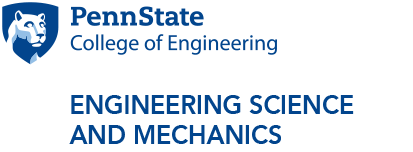The importance of the brain-skull interface in prediction of traumatic brain injury
Abstract: Traumatic brain injury (TBI) is a devastating cause of death and disability, claiming approximately 1.5 million victims each year in the United States. Mild traumatic brain injury accounts for at least 75% of all TBI cases, does not discriminate by age, gender, or race, and results in a wide range of neurological and neuropsychological impairments. The development of accurate injury risk curves for mild TBI are critical for (1) developing protective equipment to prevent TBI, (2) establishing safety guidelines and return-to-activity policies, and (3) enabling interdisciplinary empirical-based diagnostic and treatment paradigms for TBI. One of the challenges with developing successful injury risk curves for TBI is the variability in outcome and symptomology despite similar impact history and similar impact severity. The directionality of the impact certainly contributes to this variability, but anatomical variability also exists that can contribute to localized differences in brain deformation magnitude and distribution during head trauma. In this presentation, I will present our work characterizing the anatomical and mechanical variability in the human brain-skull interface, with specific focus on the heterogeneity across the brain, spatial trends, and discuss their influence on brain strain and injury prediction during head trauma. I will also present preliminary data investigating potential implications of progressive damage to this interface during mild repetitive head trauma.
Bio: Dr. Brittany Coats is an Associate Professor in Mechanical Engineering at the University of Utah and holds affiliated positions in Ophthalmology and Visual Sciences, Pediatrics, and Bioengineering. Her research focuses on neural and ocular injury mechanics, with specific interest in understanding microstructural features and properties that lead to better prevention, detection, and treatment strategies for injury and disease. She graduated with a BS in Mechanical Engineering at the University of Utah and a PhD in Bioengineering at University of Pennsylvania. Her post-doctoral training was also at University of Pennsylvania. Her research is supported by the DOD, NIH, NSF, and NIJ.
Additional Information:
For Zoom link and password, please contact Lisa Spicer at lms8@psu.edu
Media Contact: Lisa Spicer



